 Mysteries
Mysteries  Mysteries
Mysteries  History
History 10 Surprising Stories About the Texas Rangers
 Humans
Humans 10 Philosophers Who Were Driven Mad by Their Own Theories
 Miscellaneous
Miscellaneous 10 Video-Game-Worthy Weapons and Armors from History
 Weird Stuff
Weird Stuff 10 Psychics Who Accurately Predicted Wartime Events
 The Arts
The Arts 10 Pieces of Art Inspired by a Broken Heart
 Health
Health 10 Science Fiction-Sounding New Medical Treatments
 History
History 10 Surprising Facts About the Father of Submarine Warfare
 Space
Space Ten Astonishing New Insights into Alien Worlds
 Weird Stuff
Weird Stuff 10 Bizarre Summer Solstice Rituals Still Practiced Today
 Mysteries
Mysteries Top 10 Haunting Facts About the Ghost Ship MV Alta
 History
History 10 Surprising Stories About the Texas Rangers
 Humans
Humans 10 Philosophers Who Were Driven Mad by Their Own Theories
Who's Behind Listverse?

Jamie Frater
Head Editor
Jamie founded Listverse due to an insatiable desire to share fascinating, obscure, and bizarre facts. He has been a guest speaker on numerous national radio and television stations and is a five time published author.
More About Us Miscellaneous
Miscellaneous 10 Video-Game-Worthy Weapons and Armors from History
 Weird Stuff
Weird Stuff 10 Psychics Who Accurately Predicted Wartime Events
 The Arts
The Arts 10 Pieces of Art Inspired by a Broken Heart
 Health
Health 10 Science Fiction-Sounding New Medical Treatments
 History
History 10 Surprising Facts About the Father of Submarine Warfare
 Space
Space Ten Astonishing New Insights into Alien Worlds
 Weird Stuff
Weird Stuff 10 Bizarre Summer Solstice Rituals Still Practiced Today
10 Real Countries Straight Out Of The Handmaid’s Tale [DISTURBING]
[WARNING: This list contains disturbing images.] The Handmaid’s Tale – the book and the show – has helped return authoritarianism and women’s rights to the public stage, as well as influencing some pretty weird protest attire around the world. It portrays a fictional world named “Gilead” technologically similar to ours, but due to past events, it is now run by a totalitarian theocratic government. Women are subdued and divided among various classes, including the ‘Handmaids’, whose sole purpose is to bear kids for infertile couples.
SEE ALSO: 10 Horrific Acts That Are Legal In Some Countries
The 1985 novel was inspired by many events in history, including the rise of radical Islam in Iran and other parts of the Middle East around that time, persecution of witches in the 17th century, and the resurgence of the Christian right in various parts of the United States in the ’70s and ’80s.
Surprisingly, a lot of that social commentary is still quite relevant today. Many parts of the modern world are as bad – and on occasion much worse – than the fictional world depicted in the show. Here are ten such places.
10 Republic of El Salvador
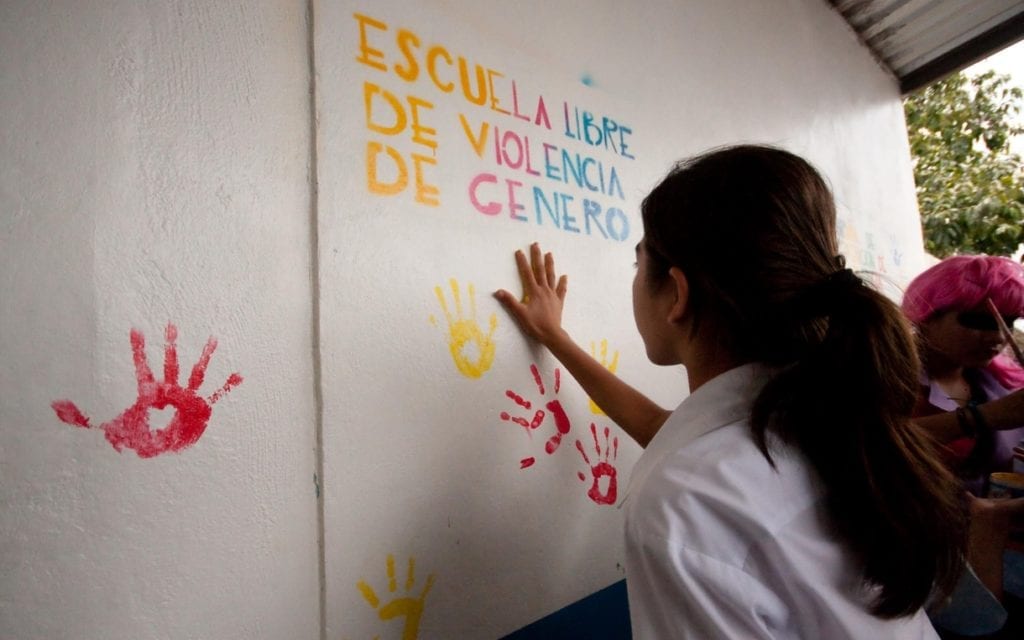
Lately it’s the United States in the news for its restrictions on abortion laws, though it’s far from being the worst-case scenario. Even if there are some states trying their best to include cases of rape and incest in the ban, it’s still far from becoming a widespread reality.
Unfortunately, that’s not the case in many countries around the world, the most restrictive of them being El Salvador. There has been a total ban on abortion since 1998 without any exceptions, as well as restricted access to contraceptives. Women are regularly sent to jail for homicide charges in cases of abortion, sometimes even in cases of miscarriage.
El Salvador is also one of the worst countries in the world for gender violence. According to some reports, around sixty seven percent of women in El Salvador have experienced violence of some kind.[1]
9 Democratic Republic of the Congo
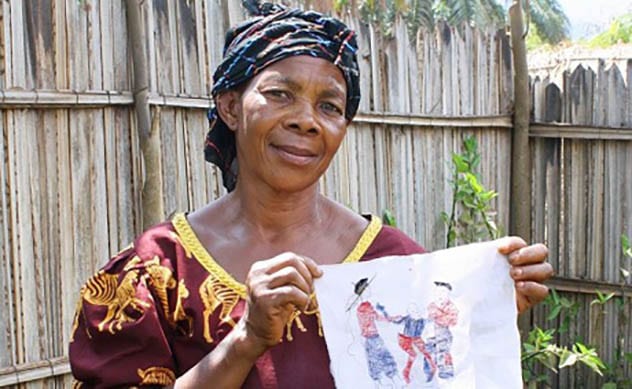
The Democratic Republic of Congo has been going through near-consistent conflict since the Rwandan genocide. While the war among the neighboring nations is largely over, many active rebel groups exist in the region. Because of ethnic tensions, many of those groups actively target rival civilian populations.
The primary target of many of those pogroms are women, who have – owing to the genocidal nature of the conflict—gone through violence ever since the conflict first broke out. Aid workers regularly report cases of forced pregnancies, intentional spreading of STDs, and widespread rape.
The fighters aren’t the only culprits, however. Cases of sexual violence in DR Congo are generally on the rise, too, perpetrated by regular civilians. The country’s lax legal system and ongoing conflict make the situation even more dire for civilians, especially women.[2]
8 Islamic Republic of Iran

The Islamic Revolution in Iran and how it affected women’s rights in the post-revolution era massively influenced the novel, as Atwood would have been in the process of working on it when it was happening. Overnight, Iran turned into a theocratic state based on Islamic law. Many freedoms people took for granted were now taken away, though the strictest of the new laws were imposed on women.
For one, capital punishment by stoning was now a prescribed punishment for adultery by law. Scores of people – mostly women – were executed that way till the Iranian authorities decided that maybe it was too much. While it’s no longer recommended by the country’s laws, it remains a possible method of execution in the books. Sexual violence against women is also a big problem in Iran, which is made worse by laws that overwhelmingly favor the male perpetrators.
Iran is also a peculiar country in the way that it also has a growing section of activists pushing back against its most restrictive laws, unlike most other countries on this list. Unfortunately, it remains a totalitarian state, and many of those activists are at risk of being arrested or even tortured.[3]
7 Islamic Republic of Pakistan
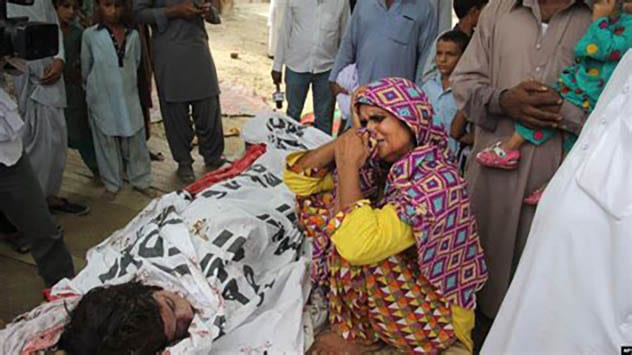 Pakistan is usually grouped among the other conflict-ridden Middle Eastern countries in popular imagination, though things are quite different there. It’s actually a functioning democracy, with a culture that’s more South Asian than near or middle Eastern.
Pakistan is usually grouped among the other conflict-ridden Middle Eastern countries in popular imagination, though things are quite different there. It’s actually a functioning democracy, with a culture that’s more South Asian than near or middle Eastern.
However, conditions for civilians in many parts of Pakistan – especially for women – are bad. Even if the laws exist to deal with cases of sexual violence, deeply patriarchal attitudes and a lack of governance in many of its border regions make it rather difficult to live there. Honor killings are a regular part of many rural regions in the country, and sexual violence is rampant-yet-underreported. While women have the right to vote, Pakistan has the lowest female participation in elections across the world.
While none of its other South Asian counterparts – India and Bangladesh – have a particularly stellar record on women’s rights, Pakistan is in an especially terrible situation. A bad economy, near-consistent conflict in the north-western regions, lack of governance across big parts of its territory and rise of radical Islamism in its rural areas have made it one of the worst countries for women.
It’s not all bad, though, as there’s also a growing section of activists and NGOs willing to work for change, particularly in its more urban areas. The systematic patriarchy and dysfunctional legal system, however, make it a rather uphill battle.[4]
6 Malaysia
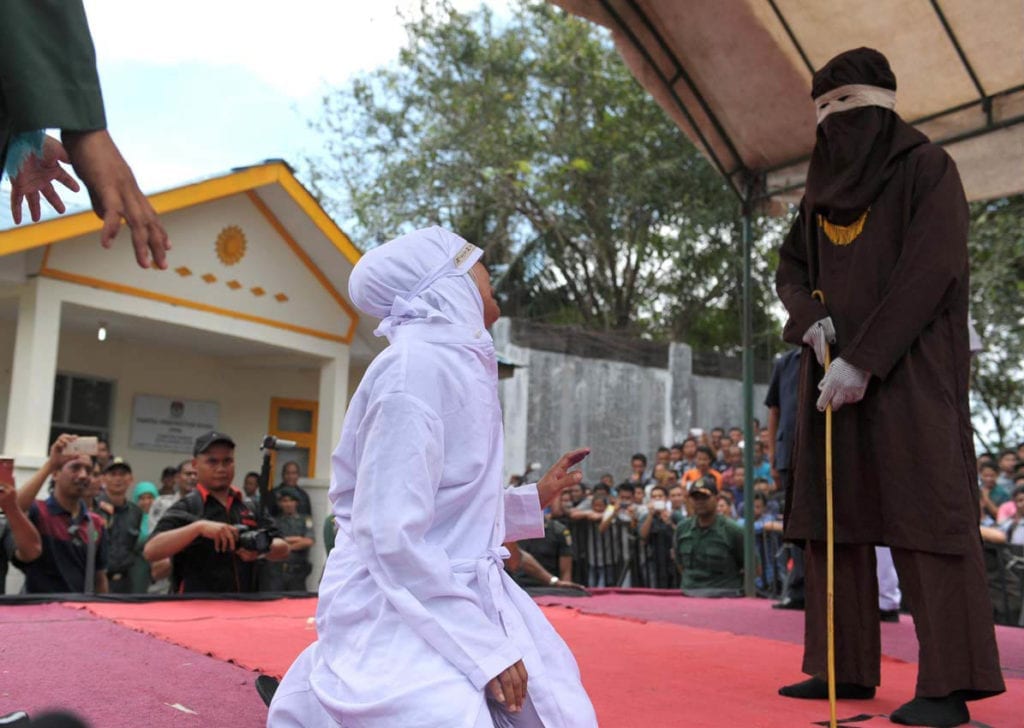 Malaysia comes across as one of those south-east Asian countries with awesome beaches and a thriving nightlife, and it absolutely is! For the travelers, Malaysia can indeed be quite a destination to check off your bucket list. Unfortunately, it’s also kind of an authoritarian state for its Muslim residents, with overly restrictive laws most of us wouldn’t even have heard of.
Malaysia comes across as one of those south-east Asian countries with awesome beaches and a thriving nightlife, and it absolutely is! For the travelers, Malaysia can indeed be quite a destination to check off your bucket list. Unfortunately, it’s also kind of an authoritarian state for its Muslim residents, with overly restrictive laws most of us wouldn’t even have heard of.
In its more Islamic areas, you can’t miss the Friday prayers three weeks in a row, and a violation would send you to jail for six months. Drinking alcohol is punished using a variety of methods depending on the seriousness of the crime, which we’re just assuming is the degree of how drunk the person was. They still have caning as a punishment, and unsurprisingly, many of the caning victims end up being women (two women were caned for making out in a car in 2018).[5]
5 Federative Republic of Brazil
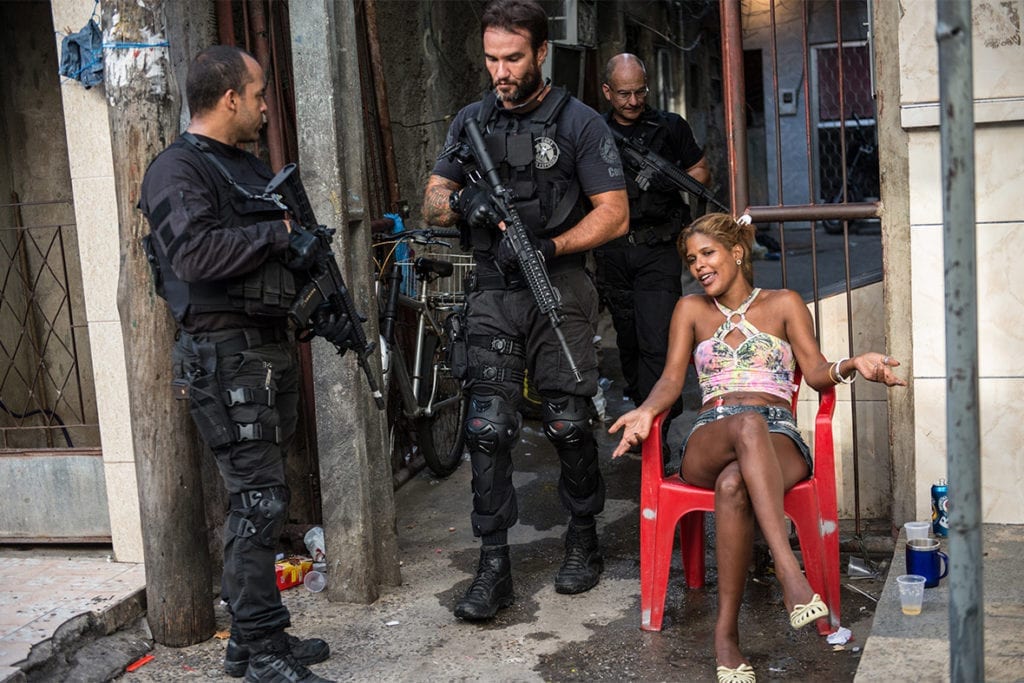
When the average person thinks about Brazil, they imagine party buses and all-night beach festivals. Those who’ve seen their share of the Internet (and Brazilians, of course), know that it’s also one of the most crime-ridden countries in the world. Many of its cities feature on the list of the most violent cities, with violence only growing in recent times.
There’s also a widespread problem of crime against women. We’re not just talking about domestic violence and rape – though there’s quite a bit of that, too – but outright murders in broad daylight. According to a Guardian report, four women were killed every day in 2019 at the time of the report. Most of those cases graduate from domestic violence, and a lax legal system and lack of redressal by local authorities make it even worse for the victims.[6]
4 Kingdom of Saudi Arabia
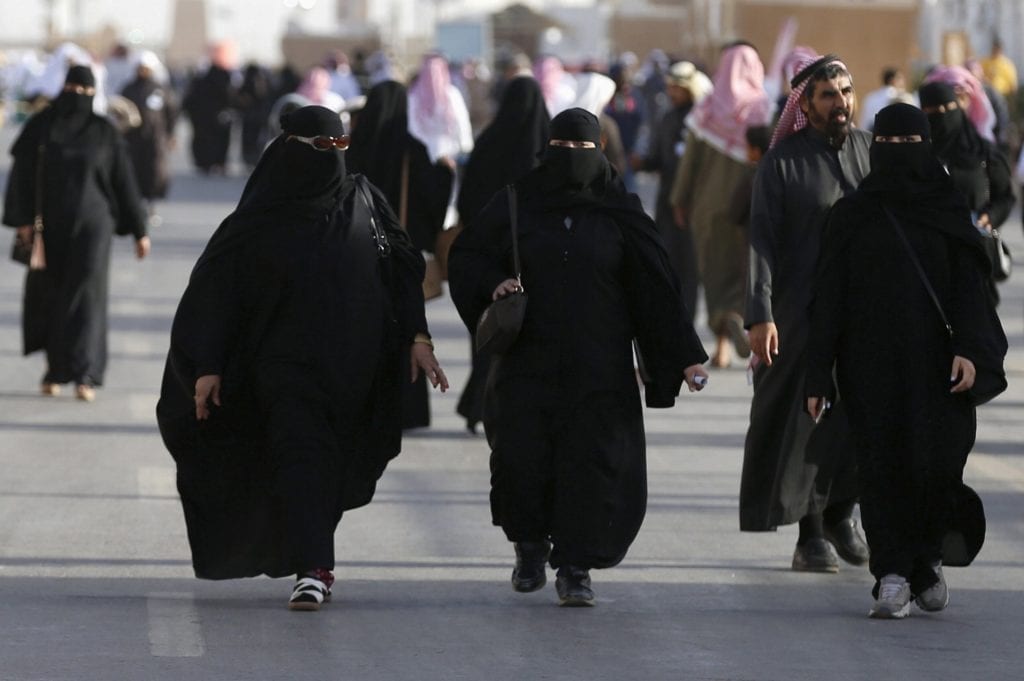 Saudi Arabia is like one of the who’s who of repressing women’s rights. If there was a hall of fame for not letting women do what they want, Saudi Arabia would have a special section dedicated to it. While some recent news stories (like women being ‘allowed’ to drive) point towards change, the general attitude towards women in the religious monarchy remains repressive.
Saudi Arabia is like one of the who’s who of repressing women’s rights. If there was a hall of fame for not letting women do what they want, Saudi Arabia would have a special section dedicated to it. While some recent news stories (like women being ‘allowed’ to drive) point towards change, the general attitude towards women in the religious monarchy remains repressive.
While many of the more regressive laws – like women above 21 not being allowed to leave the house unaccompanied by a male – have been abolished, men still have a lot of legal avenues to just do whatever they want anyway. Women still have little agency in the eyes of the law, and have to go through a lot of hurdles to make their cases heard. Sexual violence in the country may not just go unpunished, but the victims may just be accused of adultery according to Islamic law and put to the sword. And yes, to the literal sword, as beheading remains the most popular method of execution in the country with the highest rate of executions in the world.[7]
3 Federal Republic of Somalia
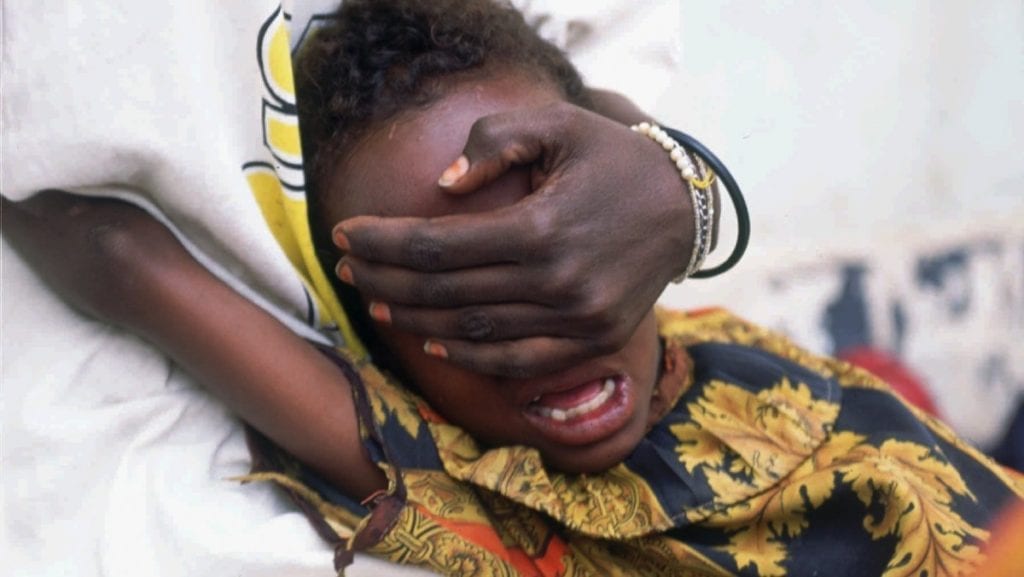
Somalia is one of those countries we seldom hear about. In the middle of a civil war ongoing since (at least) the 80s, it’s going through every conceivable human rights crisis you can think of. From widespread disease outbreaks to wartime violence to apparently pirates, there’s simply too much to even keep track of.
To say that conditions in Somalia are similar to the Handmaid’s Tale would be an understatement, as it’s probably much worse. It’s one of the countries still big on FGM (Female Genital Mutilation) – or female circumcision – and many cases don’t even get reported. There’s consistent threat of sexual violence in many parts of the country. If that wasn’t enough, getting stoned to death was a possibility till surprisingly recently, too.
The situation is made even worse by the ongoing conflict, as there’s no central authority in many parts of the country.[8]
2 Islamic Republic of Afghanistan
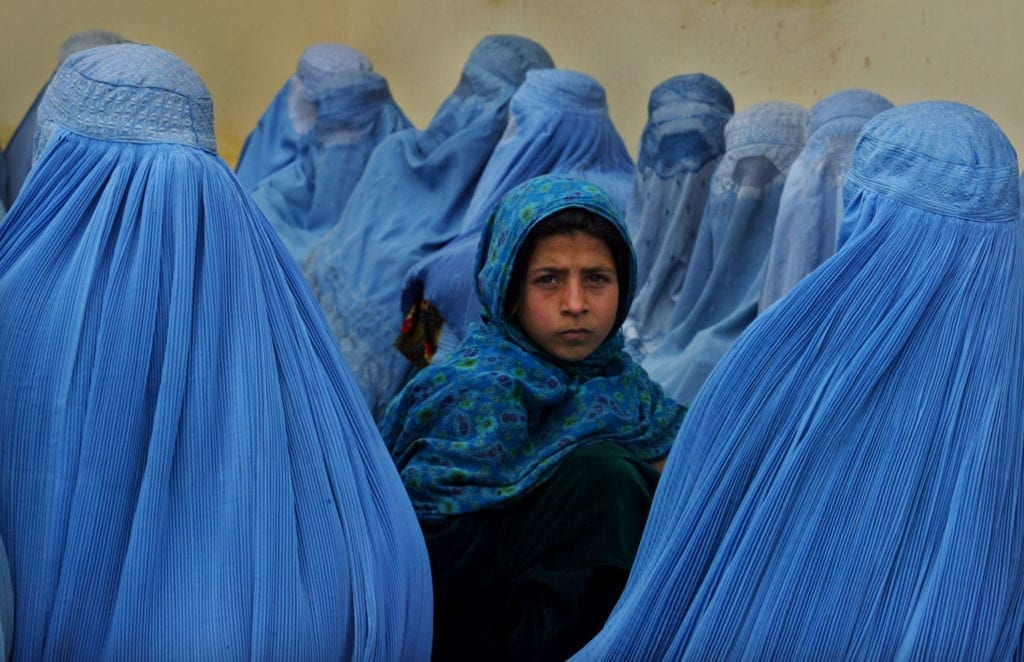
Afghanistan has been a battleground for wars it had nothing to do with for quite some time now. Regardless, it has also been a tribalistic society with separate clans that like to do their own thing, even if many attempts to unify it have been made. Many of its regions – especially the ones down south – are still under Taliban’s control.
Afghanistan has also seen some of the most authoritative governments in recent history, like when Taliban ruled over almost all of the country between 1996 – 2001. Public beheadings and stonings were commonplace, and women had to adhere to a strict code of conduct in their public as well as private lives. It wasn’t just women; basic liberties were curtailed for almost everyone.
While most of that is gone now – as Afghanistan has a central government in place – conflict is still ongoing in many of its regions, and sexual violence in many of those areas remains widespread. Taliban still holds some territory and is actively fighting against the government, so that era may not be completely behind us yet.[9]
1 Republic of the Sudan
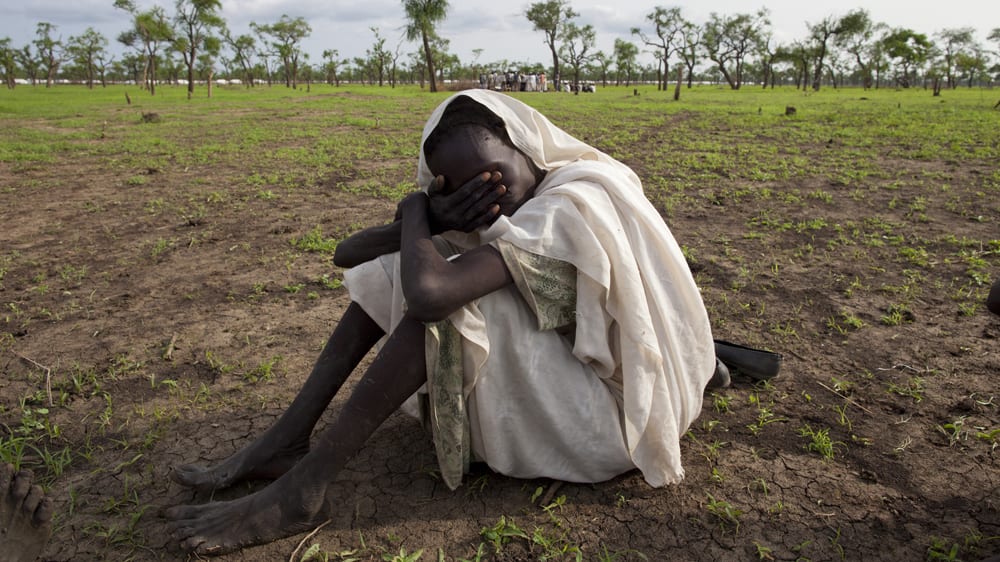
Sudan was, until recently, ruled by Omar al-Bashir – an authoritarian ruler who was in power for close to 30 years. A hardcore believer in violence, Bashir’s rule was marked by violent reprisals of political and religious opponents, mass rape and pillage of civilian areas by the army and sectarian violence. It was overthrown in a massive rebellion with the army’s support, though things haven’t been better for the people.
While the situation was much worse during Bashir’s rule—women could be taken to the cops if someone found their clothes too enticing—targeted sexual violence is still commonplace in many parts of the country. Rape is often used as a tool to suppress local populations, and the violence is only getting worse. There’s, of course, the usual getting stoned to death for adultery, too.
While there is a military government, it’s accused of human rights abuses of its own, and doesn’t hold much sway in vast swathes of the country. Sudan is still very much in the middle of conflict, as many parts of the country are held by many different actors.[10]
For more lists like this, check out 10 Terrifying Times Europe Recently Said “No” To Free Speech, and 10 Horrifying Stories From Communist Prisons And Labor Camps.
About The Author: You can check out Himanshu’s stuff at Cracked (www.cracked.com/members/RudeRidingRomeo/) and Screen Rant (https://screenrant.com/author/hshar/), or get in touch with him for writing gigs ([email protected]).








